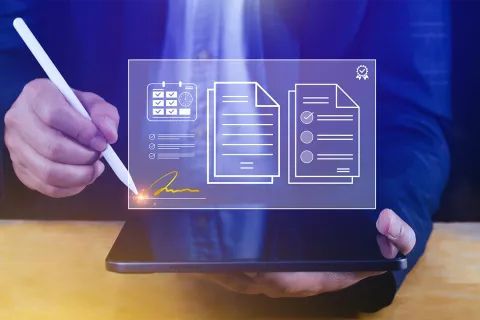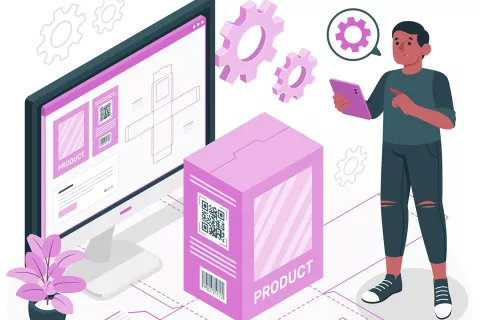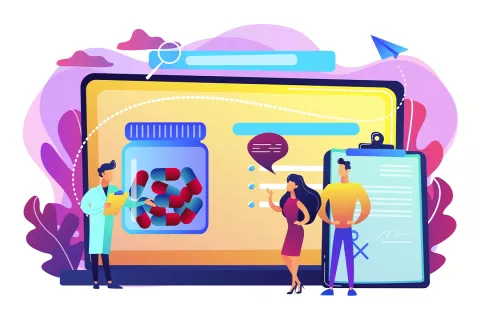
Be it a drug, device, cosmetic or food product, it is essential to convey the product information with respect to its usage, indications, warnings and other crucial aspects that are informative and beneficial to the end-user. As we all know, the primary source to communicate this information is the label on the package of a product, and additional components such as leaflets and inserts packaged with the product.
With the growing costs of traditional labeling formats, as mentioned above, organizations globally might have to look for an alternative and cost-effective way of communication. A viable solution for overcoming the financial burden lies in digitalization of a label. But moving towards digital labeling, sometimes, is also proven to be costly. So, let us first understand the full scale of challenges of existing system that are hindering the organizations and how digitizing is beneficial in actual terms.
With the evolving regulations related to a label information, it becomes challenging to communicate the increasing data without creating ambiguity and non-coherence. In addition, some health authorities such as EU demand manufacturers to print label and packaging information in all languages of its member states. In countries like USA and Canada where migration is prominent, the need for multi-lingual labeling is growing in importance. This become relevant, even when considered from a branding perspective, as limiting the packaging content to primary language might distance users from other the parts of the world.
Enclosing additional components like leaflets to provide extensive information is not only against the environmental policies in some countries and but also increases the costs for product developers. Added to that, when faced with any labeling errors, the companies are forced to recall batches of products in big numbers which also leads to a great monetary and procedural burden.
Digital Labeling as an Alternative
Digitization of a label involves using QR codes, data matrix, 2D barcodes, image recognition or NFC stickers that are provided on the packaging of the product. They can be activated using smartphones or other internet enabled devices. Through these sources the users can be redirected to a web portal where the labeling information is unified in a single source, making the information universally accessible. Along with the primary benefit of single source of communication, this modern channel has multiple advantages to offer such as:
- End-users can access a product’s entire label library
- Users can quickly locate and compare labels as per their language and data requirement
- Users can have instant query results from the information pool
- Business users such as vendors and sellers can easily identify and compare the differences between label variations and revisions therby improving the accuracy
- Companies can limit / reduce / eliminate paper-based labeling components
- Companies can make quick corrections to the labeling information
- Companies can avoid product recalls on large scale with a centralized correction opposed to the physical rectification when faced with label errors
- Companies can increase label and brand consistency
- Time spent on label compliance can be reduced in case of updates and revisions
- In some special cases, they can track their devices using identification interfaces (E.g., EU MDR’s Unique Device Identification (UDI))
However, the Regulatory system surrounding digital labeling is still evolving and might eventually become the norm across industries. So, companies must track the dynamics of this trend and be agile to adopt. Whichever be the channel of labeling, the accuracy of context, format, and language will always remain crucial for the manufacturers while compiling. While keeping track of digital labeling trends, consulting a Regulatory labeling expert for traditional channels is the advised action to remain compliant with current regulations. Be compliant.









